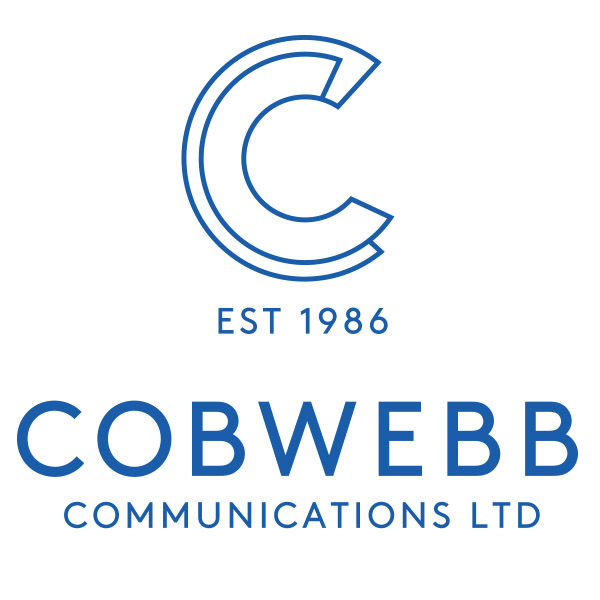Please enable JavaScript to view this site.
When you are configuring a Docstore Key you may select the Type of data to use for the Key.

The following is an explanation of each of the Types.
Type |
Description |
Size |
Scale |
Notes |
Number Types |
All numbers have a sign and a precision. The precision is the total number of binary or decimal digits excluding the sign. The sign is positive if the value is zero. |
|||
SMALLINT |
A small integer is a binary number composed of 2 bytes (16 bits) with a precision of 5 digits. The range of small integers is -32768 to +32767. For small integers, decimal precision and scale are supported by COBOL, RPG, and iSeries system files. |
2 |
0 |
|
INTEGER |
A large integer is a binary number composed of 4 bytes. The range of large integers is -2147483648 to +2147483647. For large integers, decimal precision and scale are supported by COBOL, RPG, and iSeries system files. |
4 |
0 |
|
BIGINT |
A big integer is a binary number composed of 8 bytes. The range of big integers is -9223372036854775808 to +9223372036854775807. |
8 |
0 |
|
REAL |
Floating-Point (REAL). A single-precision floating-point number is a 32-bit approximate representation of a real number. The range of magnitude is approximately 1.17549436 x 10-38 to 3.40282356 x 1038. |
4 |
0 |
|
DOUBLE |
Floating-Point (DOUBLE). A double-precision floating-point number is a IEEE 64-bit approximate representation of a real number. The range of magnitude is approximately 2.2250738585072014 x 10-308 to 1.7976931348623158 x 10308. |
8 |
0 |
|
DECIMAL |
A decimal value is a packed-decimal number with an implicit decimal point. The position of the decimal point is determined by the precision and the scale of the number. The scale, which is the number of digits in the fractional part of the number, cannot be negative or greater than the precision. The maximum precision is 31 digits. |
|||
NUMERIC |
A numeric value is a zoned-decimal number with an implicit decimal point. The position of the decimal point is determined by the precision and the scale of the number. The scale, which is the number of digits in the fractional part of the number, cannot be negative or greater than the precision. The maximum precision is 31 digits. |
|||
Character Types |
A character string is a sequence of bytes. The length of the string is the number of bytes in the sequence. |
|||
CHAR |
All values of a fixed-length character-string column have the same length. This is determined by the length attribute of the column. |
1 - 32766 |
||
VARCHAR |
The types of varying-length character strings are: v VARCHAR (or synonyms CHAR VARYING and CHARACTER VARYING) The values of a column with any one of these string types can have different lengths. The length attribute of the column determines the maximum length a value can have. |
1 - 32740 |
||
Date Time Types |
Although datetime values can be used in certain arithmetic and string operations and are compatible with certain strings, they are neither strings nor numbers. |
|||
TIMESTAMP |
A timestamp is a seven-part value (year, month, day, hour, minute, second, and microsecond). Valid string formats are: YYYY-MM-DD-hh.mm.ss.msmsms YYYY-MM-DD-hh.mm.ss YYYYMMDDhhmmss The following ODBC/JDBC formats are also supported. (Note the use of the colon in the time and the space between the date and time values) YYYY-MM-DD hh:mm:ss.msmsms YYYY-MM-DD hh:mm:ss |
26 |
||
DATE |
A date is a three-part value (year, month, and day) designating a point in time under the Gregorian calendar16, which is assumed to have been in effect from the year 1 A.D The date format used by Docstore is *YMD. Valid string format is: YYYY-MM-DD |
10 |
COBCVTDAT Exit Program may be used in a PPD to convert dates to the format required for Docstore. |
|
TIME |
A time is a three-part value (hour, minute, and second) designating a time of day using a 24-hour clock. The range of the hour part is 0 to 24, while the range of the minute and second parts is 0 to 59. If the hour is 24, the minute and second specifications are both zero. Valid string formats are: HH.MM.SS HH:MM:SS |
8 |
||
